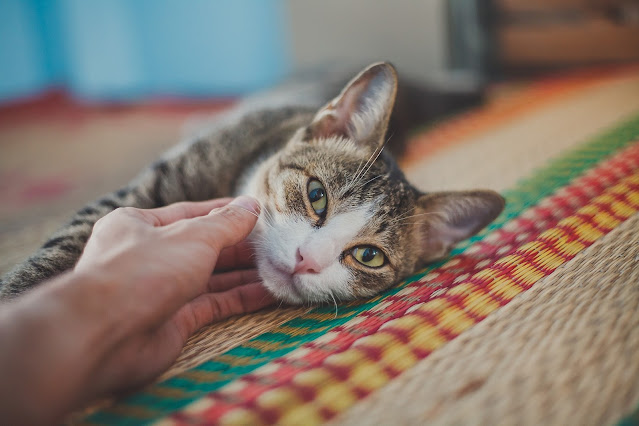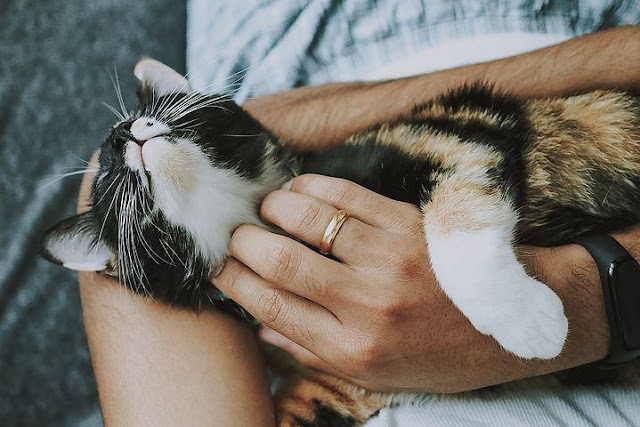Interacting with your cat is not easy — and with the paucity of information on how to teach a cat how to talk, it's never been a better time to share the best tips. A team at a leading animal welfare charity, Battersea, in collaboration with Nottingham Trent University and Dr Lauren Finka have shared the best advice on how to interact with your cat.
Three Cat Interaction Tips
1. Choice
Cats like to give consent to be touched – they’re a lot like humans that way.
The Battersea team say that the animals should always be the ones to initiate contact.
You can check if they want a fuss by extending your hand towards them – if they rub against it, then they’re down for pats. If not, then they might not want to be touched.
The cat should also be able to easily move away from you when you’re interacting with it. They shouldn’t be picked up or restrained because this can stress them out if they aren’t feeling it. They might also get aggressive to free themselves from your grip.
If your cats are busy doing their own thing, like sleeping, eating or playing, then it’s probably best to leave them to it. And if they’re chilling out in one of their hiding/quiet places, take that as a sign that they’d prefer to be alone.
2. Attention
Just because your cat has consented to pats doesn’t mean they can’t change their mind or decide they’ve had enough – again, just like humans.
It’s important to pay attention to any signs they might give that say they’re not happy, frustrated or overstimulated, such as tension, physically moving away from you, shaking their head, licking their nose, rotating their ears or suddenly grooming themselves.
Meanwhile, a happy cat will seem relaxed, not tense, and will actively seek out more pats and scratches. If you stop or try to move away, they’ll follow you.
3. Touch
While every cat is different, Battersea has a traffic light system that explains where most friendly felines generally like and dislike your attention on their bodies.
Green areas include the cheeks, head and chin.
Amber areas, where some cats may like being stroked and others may not, include upper body, front of chest and tail.
Red areas are particularly sensitive, so most cats will likely not want attention here. They include the stomach and the base of the tail.
As a test to see if your cat is still happy with the attention you’re giving, you can pause the pats after three seconds of stroking them, then wait to see if they try to keep the fussing going.
If they don’t, the cat has probably had enough for now and would prefer the fussing to stop. So to avoid a swipe or scratch, it’s best to play by your pet’s rules.


Comments
Post a Comment